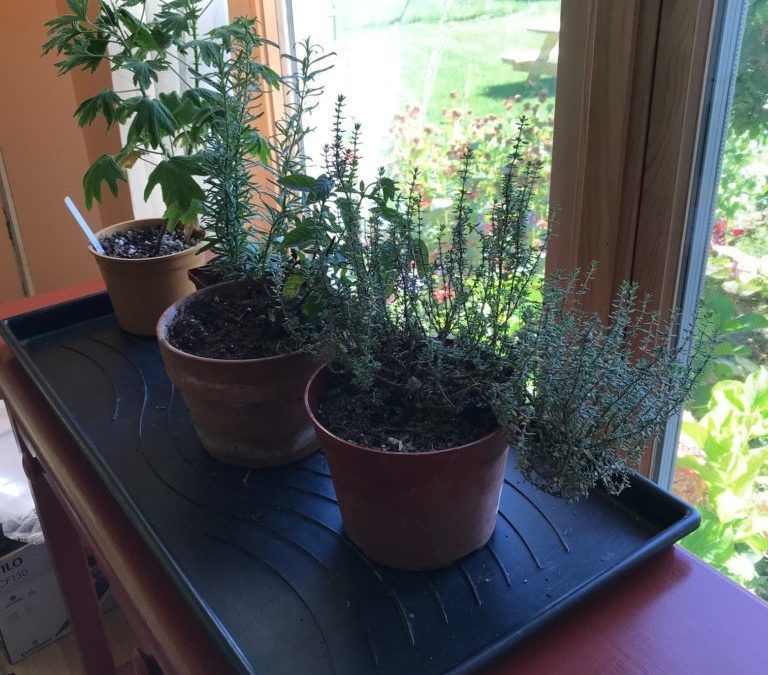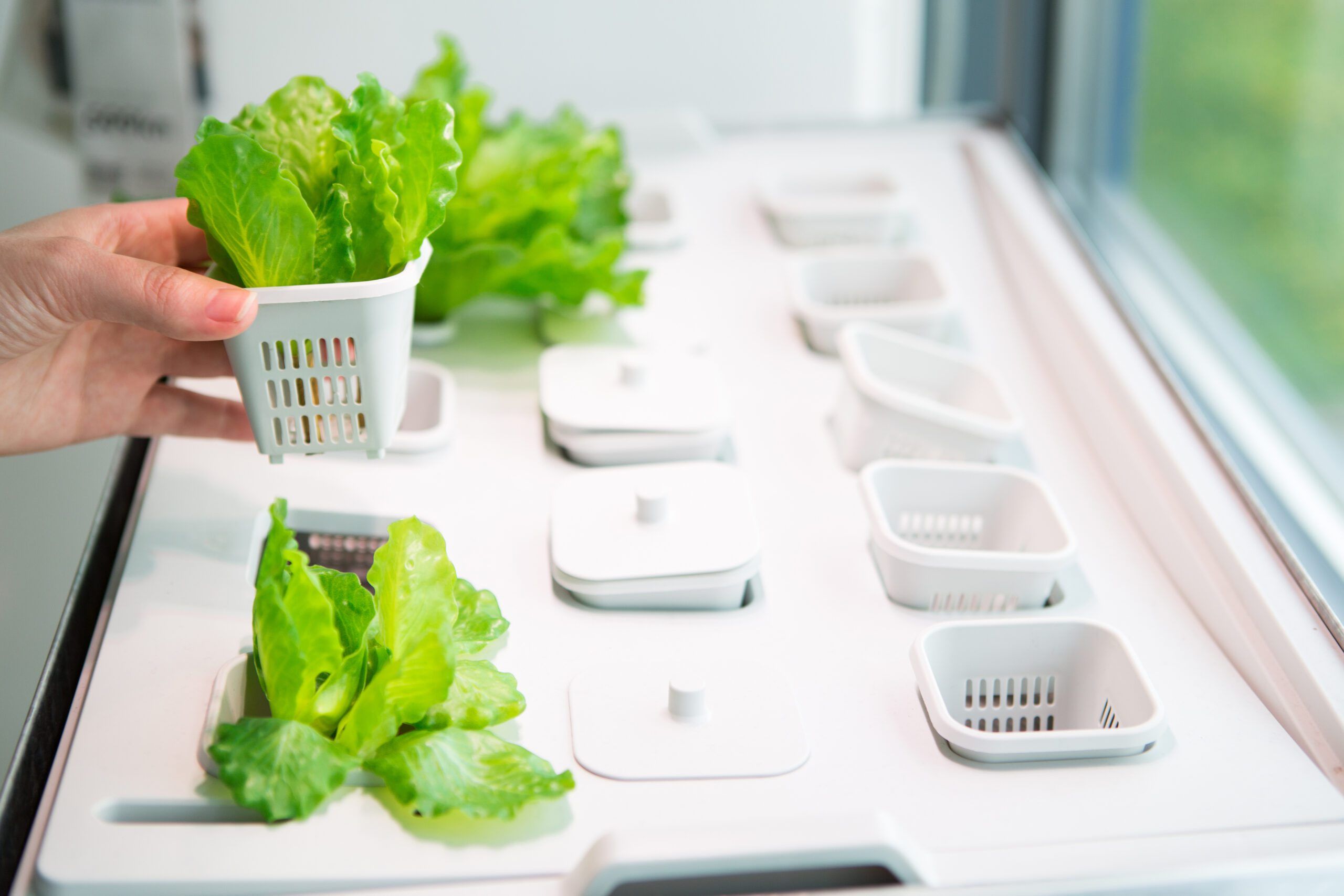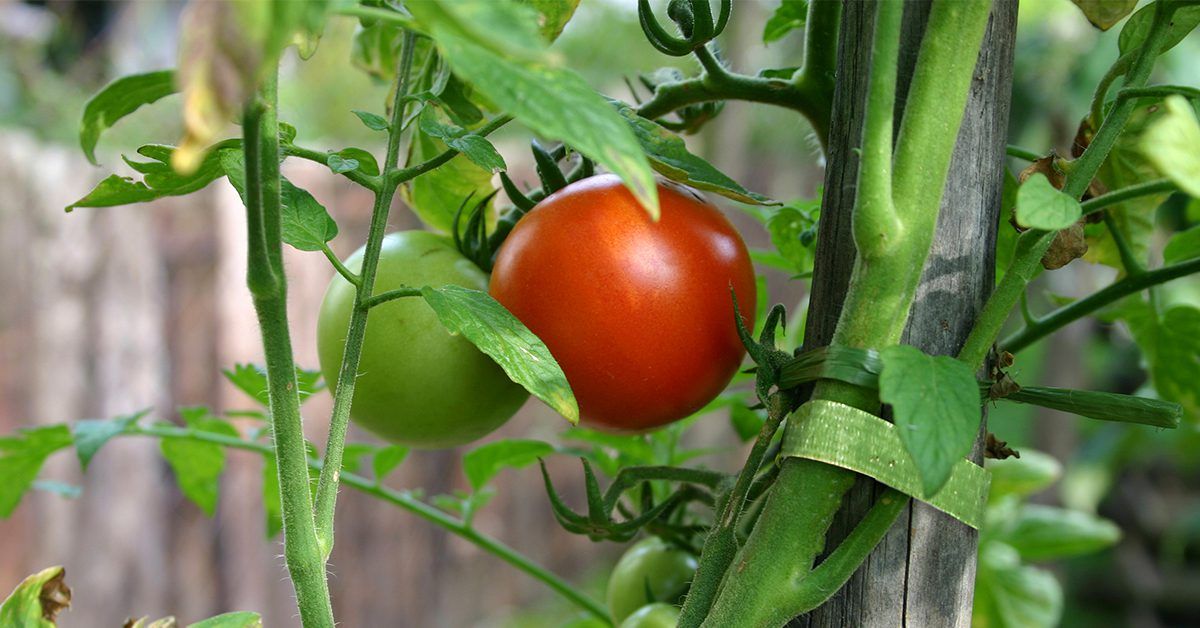As the calendar turns to Winter, it’s not time to give up on your garden yet. Now is a time to have a plan for prized plants when the weather really turns cold.
Some plants can be brought indoors during winter. One of the best groups of edibles to grow indoors are herbs. Rosemary, parsley, mint, chives, thyme, and oregano are some of the culinary herbs that can be brought indoors to grow and thrive, at least through the colder months.
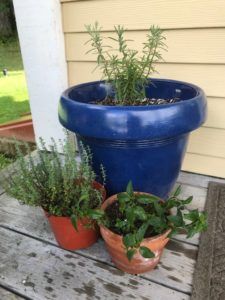
But it’s not just as simple as bringing them indoors. There are steps to take to ensure success.
First, decide on which herbs you want indoors. The ones I’ve already mentioned are probably the best. Basil usually doesn’t grow well indoors unless placed under grow lights. If you don’t already have herbs growing in pots, move in-ground herbs into containers filled with potting soil now. This will give them a few weeks to get used to the container and get settled before you bring them indoors. Cut back long stems and place all herb containers in a part-shade location, such as a porch, so they can get used to the lower light levels in the home.

Before a frost, move your herb plants inside placing them in a sunny window as possible. Parsley and mint can take more shade than rosemary, thyme, and oregano. Use VELCRO® Brand Extreme Outdoor Fasteners to attach the pots to the tray to make it easy to move the pots around the house without spilling soil or water.
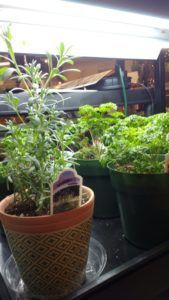
Quarantine the plants from other houseplants for the first few weeks and watch for any insects that hitched a ride indoors. Aphids, scale, and mealybugs are some of the bugs to look for. If found, on a warm day, bring the herbs back outdoors and spray the foliage with insecticidal soap or Neem oil. Repeat as often as needed.
If you have a sunny window or grow lights, rosemary, mint, chives, oregano, and thyme should be able to survive the winter indoors as long as the plants stay away from cold windows or drafty spots.
Keep the soil barely wet. The idea in cold areas is just to get the herbs to survive the winter. Come August, with longer days, they will put out new growth and be ready for another season outdoors.
